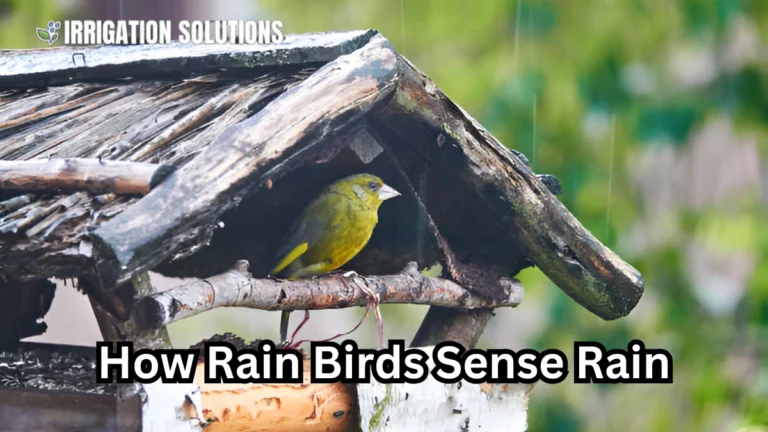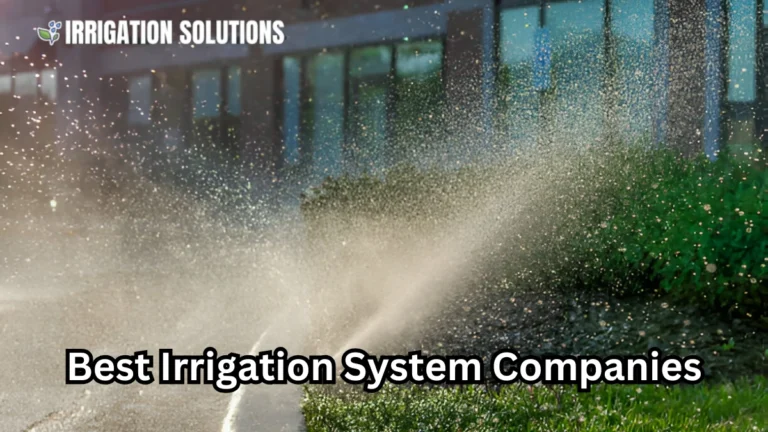Top Irrigation Systems in India

India, known for its agrarian economy, relies heavily on efficient irrigation systems to support its farming needs. With a wide variety of crops, diverse climates, and a large rural population, irrigation plays a vital role in ensuring agricultural productivity. This comprehensive guide explores the types of irrigation systems in India, their benefits, challenges, and future trends.
Importance of Irrigation in Indian Agriculture
Irrigation is the backbone of Indian agriculture, providing water to crops in regions where rainfall is insufficient or erratic. Here’s why it’s crucial:
- Ensures Consistent Crop Growth: Regular water supply boosts yield and quality.
- Supports Diverse Crops: From rice in the east to wheat in the north, irrigation enables the cultivation of various crops.
- Improves Food Security: With over 1.4 billion people to feed, irrigation ensures stable food production.
“Agriculture is the lifeline of India, and irrigation is its lifeblood.”
Major Types of Irrigation Systems in India
India employs several irrigation methods, each suited to specific geographical and climatic conditions.
Surface Irrigation
This traditional method involves water flowing over fields through channels or ditches.
Key Features:
- Covers large areas.
- Best for rice, wheat, and sugarcane.
- Low cost but higher water wastage.
Example: Punjab’s canal network supports its extensive wheat production.
Drip Irrigation
Drip irrigation is a modern, efficient method where water drips slowly to the roots of plants.
Advantages:
- Reduces water wastage by up to 70%.
- Enhances crop quality.
- Ideal for fruits and vegetables.
Case Study: Maharashtra’s grape farmers have increased yields by 40% using drip irrigation.
Sprinkler Irrigation
Water is sprayed over crops, mimicking rainfall.
Benefits:
- Suitable for sandy soils.
- Reduces labor requirements.
- Ideal for cereals and vegetables.
Limitations:
- Expensive setup.
- Not effective in windy areas.
Canal Irrigation
India’s extensive canal network is a lifeline for many farmers.
Facts and Figures:
- Length: Over 1,12,000 km.
- Covers states like Punjab, Haryana, and Uttar Pradesh.
- Provides water to 15% of irrigated land in India.
Tube Well Irrigation
Water is extracted from underground sources using pumps.
Advantages:
- Reliable during droughts.
- Supports regions with scarce surface water.
Challenges:
- Over extraction leads to groundwater depletion.
Tank Irrigation
Tanks collect and store rainwater for agricultural use.
Regions:
- Common in Karnataka, Tamil Nadu, and Andhra Pradesh.
- Supports small and marginal farmers.
Benefits of Modern Irrigation Techniques
Adopting advanced irrigation methods brings several advantages:
- Water Conservation: Modern systems like drip irrigation save significant amounts of water.
- Increased Productivity: Better water management boosts crop yields.
- Cost Efficiency: Although initial investments are high, long term savings outweigh the costs.
- Climate Resilience: Irrigation mitigates the effects of unpredictable weather patterns.
Challenges Facing Irrigation in India
Despite advancements, Indian agriculture faces several irrigation related challenges:
Water Scarcity
With 18% of the world’s population and only 4% of global water resources, India faces a serious water crisis.
Example: Groundwater levels in states like Punjab and Haryana are depleting at alarming rates.
Inefficiency in Water Use
Traditional methods like surface irrigation lead to water wastage.
Solution: Promote awareness about efficient techniques such as drip and sprinkler systems.
Financial Constraints
Small farmers struggle to afford modern irrigation setups.
Government Schemes: Subsidies under schemes like PMKSY (Pradhan Mantri Krishi Sinchayee Yojana) help alleviate these issues.
Government Initiatives and Policies
The government plays a crucial role in improving irrigation infrastructure.
Pradhan Mantri Krishi Sinchayee Yojana (PMKSY)
Key Features:
- Promotes “Per Drop More Crop.”
- Provides subsidies for modern irrigation equipment.
- Allocated ₹4,000 crores in 2023 for development.
NABARD Support
The National Bank for Agriculture and Rural Development finances irrigation projects across the country.
State Initiatives
- Tamil Nadu: Focus on tank rehabilitation projects.
- Gujarat: Extensive use of drip irrigation in cotton farming.
Future of Irrigation in India
India must embrace innovative solutions to ensure sustainable irrigation practices.
Emerging Trends
- Smart Irrigation Systems: Using IoT and AI for precise water delivery.
- Solar-Powered Pumps: Eco friendly energy solutions for water extraction.
- Rainwater Harvesting: Scaling up community projects to conserve water.
Collaborative Efforts
NGOs, private companies, and government bodies must work together to improve irrigation infrastructure.
Table: Comparison of Irrigation Methods
| Method | Water Efficiency | Cost | Best For | Challenges |
| Surface Irrigation | Low | Affordable | Paddy, sugarcane | High water wastage |
| Drip Irrigation | High | Expensive | Fruits, vegetables | High setup cost |
| Sprinkler Irrigation | Moderate | Moderate | Cereals, pulses | Ineffective in windy areas |
| Canal Irrigation | Moderate | Government-funded | Wheat, rice | Maintenance issues |
| Tube Well Irrigation | Moderate | Moderate | Drought-prone regions | Groundwater depletion |
| Tank Irrigation | Low | Affordable | Small scale farms | Seasonal dependency |
Conclusion
India’s irrigation systems are evolving, blending traditional methods with modern innovations. By adopting efficient techniques, conserving water, and strengthening infrastructure, Indian agriculture can thrive even in the face of challenges. Sustainable irrigation is the key to ensuring food security and improving the livelihoods of millions of farmers.






